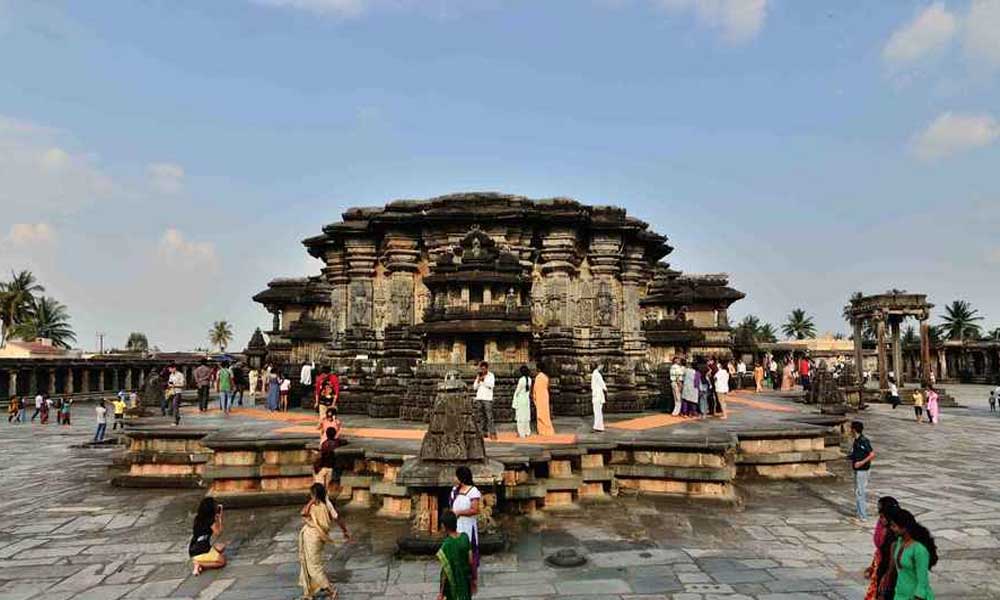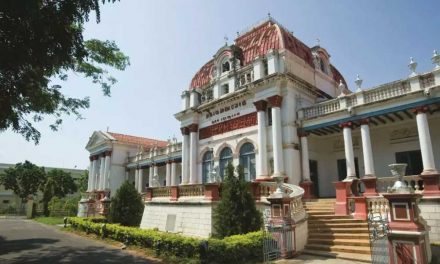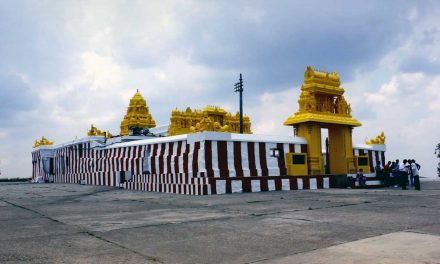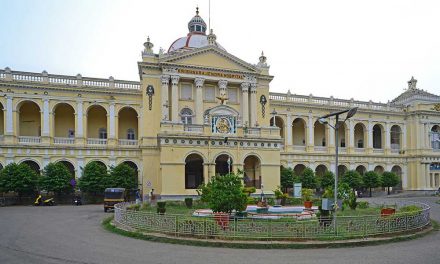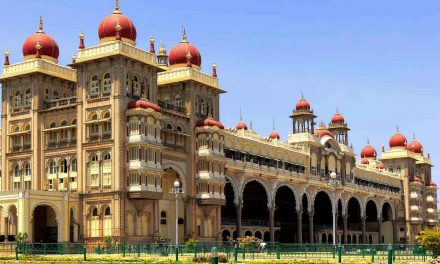Belur and Halebid
The sheer intricacy of the workmanship on the windows, pillars and entire stone facades in the town of Bhaktapur, Patan and Kathmandu, is unimaginable. The stone carvings on the temples of Belur and Halebid left me breathless as well. Square foot after square foot of stone was covered in the figures of the most amazing grace. Most of these have been carved out of a single block of stone. I spotted many halfdone panels – just the outlines chiseled on the stone – next to the completed ones. The artisans apperently droppred their tools when they heard of the impending invasions and fled Belur and Halebid. 155 km from Mysore, Belur is famous for the Hoysala temples of the 12th Century. Sri Channakeshava temple, built in 117 AD with fine bracket figures carved in stone, attracts a large number of visitors. 16 km from Belur is Halebid. The exquisite carvings of the temple here are the main attraction to the visitor. About 150 km from Mysore, the construction of this temple began even before the temple at Belur, but it could not be completed even after 80 years of construction. The twin Shiva temples with their common platform and garbhagrihas, one beside the other, have a common broad navranga. One of them houses the Vishnuvardhana Hoysaleshwara Linga and the other the Shanthaleshwara Linga. Both temples are complete with a main sanctuary, chambers, a colonnaded hal facing a pavilion that holds the seated figure of the sacred Nandi Bull. What surprised me most was that the grounds of the temple, with its 12 and 13th century sculpture, including Lord Ganesha and Nandi, are a varitable archaeological museum. Some of the most renowned carvings and friezes include the Bhishma Pitamah on a bed of arrows, Lord Rama hunting down the golden deer and Lord Krishna with his flute. The outer walls too are covered with artistic work of the highest quality.

